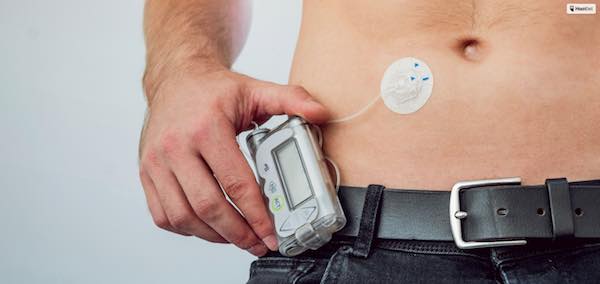3 Technology Breakthroughs for Delivery of Care that ‘Touch’ Patients
It’s not really hot news that medical technologies have been accelerating at breakneck speed for years, with much attention going to impressive advances such as robotic-assisted surgery, tissue engineering, 3D-printing, centralized command centers, and more.
And then there is tech that hovers “close” to the patient, literally touching the skin, including smart beds, virtual reality headsets, and wearable devices. Many physicians who have found success through PhysEmp have encountered or used these marvels.
Here are a few up-to-the-minute facts about 3 of these impressive technologies.
-
Smart Beds
How smart can a bed really be? Quite a bit, as demonstrated by today’s feature-rich models.
Hospital smart beds provide patients with both safety and comfort while acquiring and delivering data to care teams. Smart beds can monitor vital signs, alerting providers in real-time to issues, and, in some advanced systems, can transmit data directly to electronic medical records (EMR) systems.
Some models include fall detection, therapy lights, built-in massager, and, in even an alarm system for when a patient tries to get out of bed. Others can physically adjust a patient’s position to prevent pressure sores and assist in turning the patient.
Indeed, these hi-tech wonders are smart, though they can also be expensive, costing as much as $16K per bed. They are often seen in high-end hospitals and exclusive research centers.
Like so much in the healthcare technology world, the market for these beds is exploding. The global healthcare smart beds market will likely reach $740 million by 2028, according to a report by Grand View Research, Inc. It is expected to expand at 7.6% through 2028.
2. Virtual reality (VR) therapy
After you don a head-mounted display (HMD), which is like a large goggles, a vivid dream world unfolds—one in which physicians can create immersive and interactive simulations for use in many kinds of therapies, including for PTSD.
In some cases, patients are led to re-experience traumatic events, allowing for the processing of repressed or feared emotions. Some simulations create addiction triggers to help patients control reactions and cravings. For example, one VR therapy simulates parties and bars where patients may be tempted to use drugs or alcohol. Patients then practice refusal skills and learn how to cope with triggers.
Therapy simulations can be active (for example, where patients move and manipulate objects) or passive (where patients simply observe). VR therapy is frequently used in pain management by distracting patients from discomfort during procedures.
Worldwide, the virtual reality market in healthcare is growing fast, projected to grow from $628 million in 2022 to $6.2 billion by 2029.
3. Wearable medical devices
Worn directly on the body, these devices track vital signs and transmit data directly to care teams. Smartwatches and monitors log heart rate, physical movement, and sleep, and can even provide reminders about medications and appointments. Some models include a built-in fall detection system.
The latest insulin pumps are engineered to be worn in a small pouch, pocket, belt or waistband, delivering insulin through a cannula. Continuous glucose monitors (CGM) feature a sensor about the size of a matchstick that measures glucose in interstitial fluid, sending data to a smartwatch, mobile phone, and/or to a medical team.
Blood pressure monitors worn at home reduce the need for office visits and can track heart rate, though they come with a caution, since they can generate incorrect readings when used by rushed or haphazard patients. Respiratory devices track lung function and oxygen levels.
These body-worn devices can reduce cost of care and improve treatment outcomes, though they shouldn’t be seen as replacing traditional medical treatment. Such devices are becoming common in the U.S., though they are not always available in other countries. Often, they are used for the chronically ill and for specialized care.
As technology advances, so does physicians’ ability to provide high quality care more efficiently than ever before.




